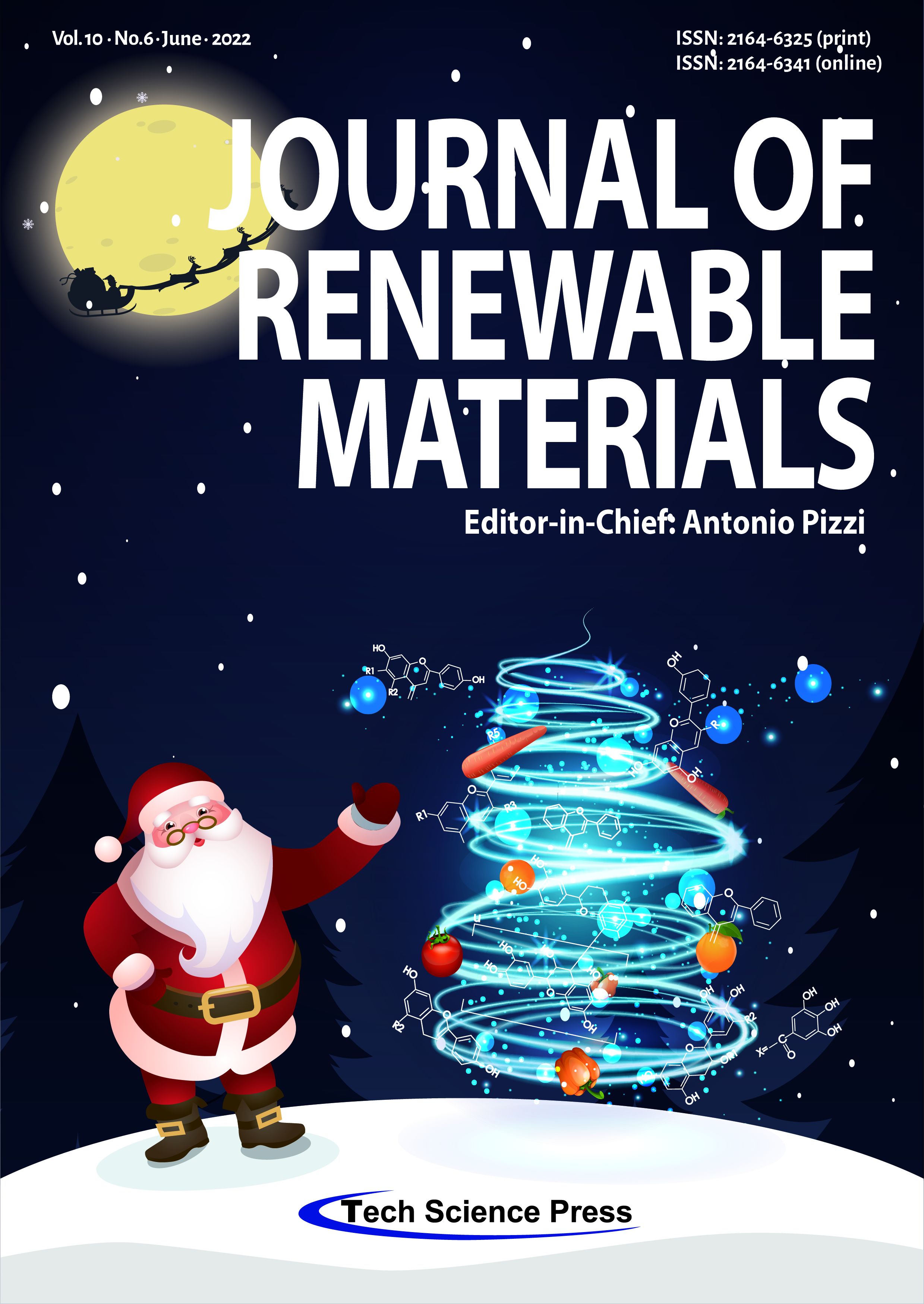
Polyphenols have a variety of biological effects such as antioxidation, antibacterial, anti-inflammatory, and anti-tumor capabilities. Polyphenols have now been widely used in preventing oral infections, hypophysis sugar, lowering blood pressure, neuroprotection and prevention of cardiovascular diseases. Due to the structural diversity of polyphenols and the complex interior structure of the plant’s cell wall, different extraction technologies should be adaptively applied for different plants. This review summarizes the recent extraction techniques of solvent extraction, supercritical fluid extraction, ultrasonic extraction, enzymatic extraction, resin adsorption extraction, and electric field methods for isolating polyphenols from different plants.
View this paper